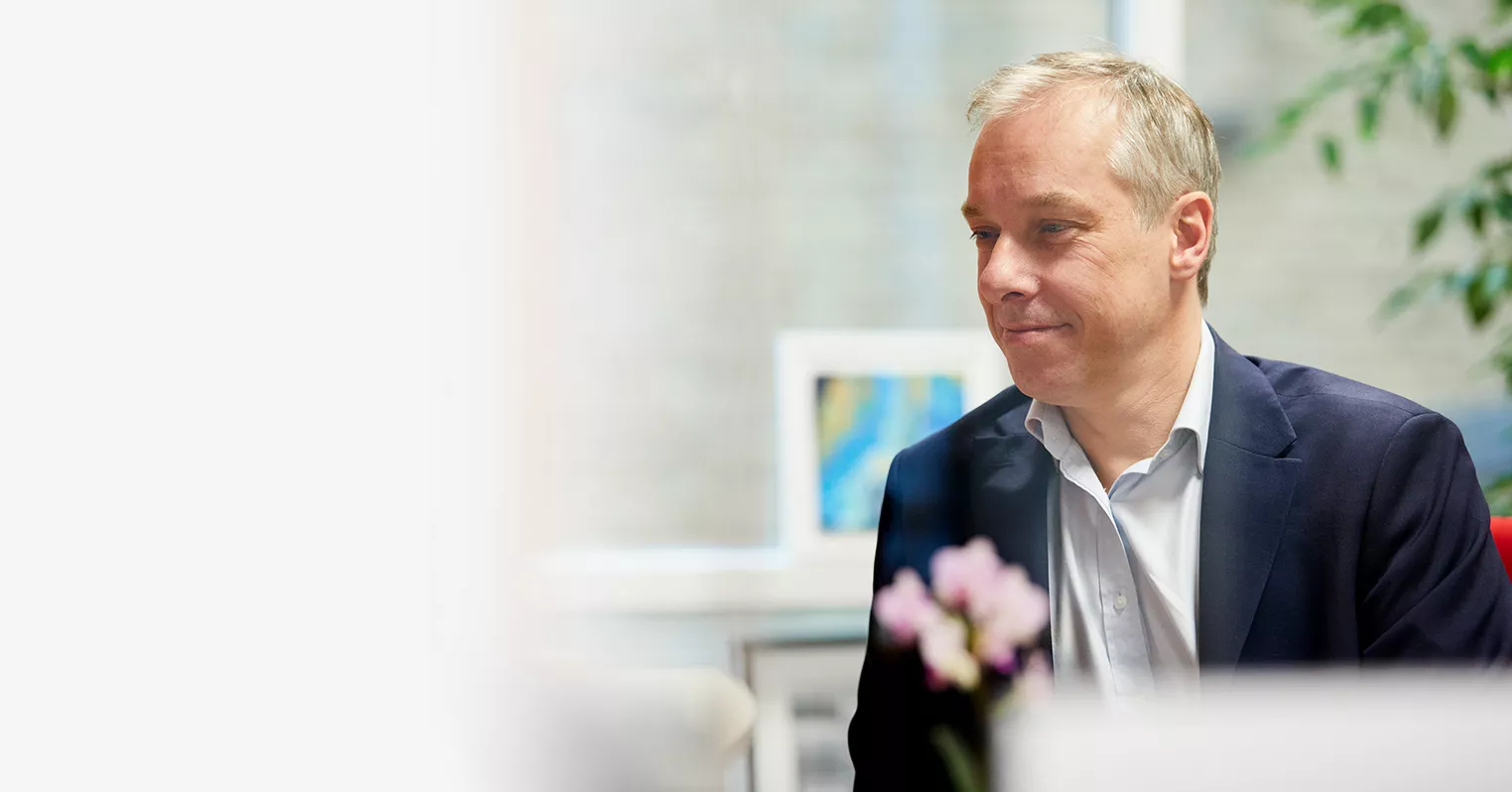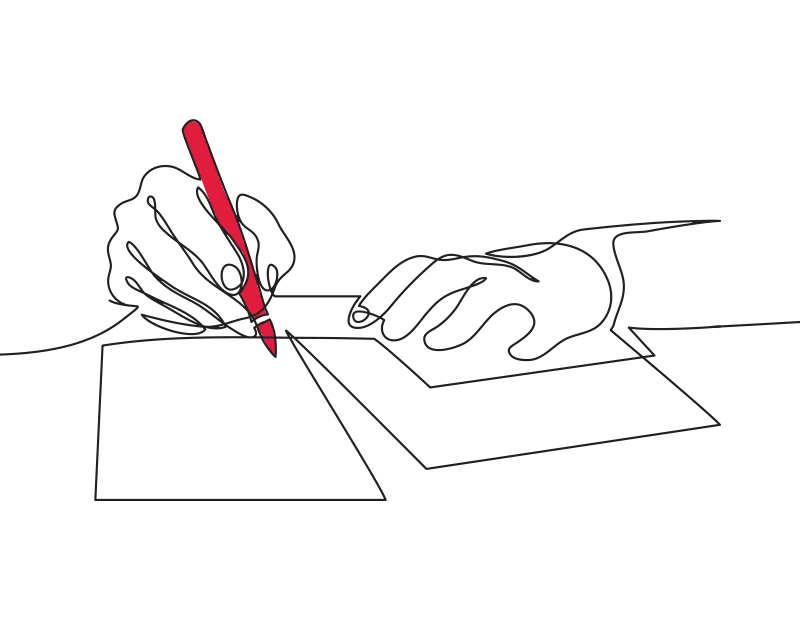When is a trade mark registerable?
In order to be registered in the UK, a mark must:
- be able to be represented graphicly; and
- be distinctive.
As well as needing to meet the above characteristics, there are various restrictions that would stop the mark from being registered, including if it:
- only describes the products or is misleading (e.g. use of the word organic for non-organic products);
- is a common name, or commonly used words or images;
- is in any way illegal or contains any protected symbols or emblems (such as flags, or coat of arms);
- was applied for in bad faith (e.g. to prevent a legitimate party from registering a mark); or
- could be confused with an earlier registered mark.
When to register a trade mark?
Changing a brand can be time consuming and expensive and so researching what is already registered and registering your own marks at an early stage of brand creation and product development will create better protection for your company. However, if you do not use, or have a genuine intention to use, your mark, you could lose the rights to use it (and it will be removed from the register), so before registering you should be clear on what products and services you want the mark for, and when you will use it.
The application and registration procedure
Searches: Before applying for registration a full search of the trade mark register should be completed so that you can make sure that your mark would not create any confusion with an already registered mark for similar or the same products and/or services.
Application: Once the searches have been completed, and you are happy there is no confusion with earlier marks, you will need to fill out an application form (which can be done online or in paper form) noting:
- what you are registering (and attaches pictures if the mark is a picture, shape or design);;
- who will own the mark; and
- which products and services your mark will apply to. Different products and services are grouped together to form a “class”. There are 45 classes to choose from, and you may register your mark under as many classes as you need, although the fees will increase for each additional class used. Under each class you must then set out the specific products and / or services that you will be using the mark in relation to.
There are other options and information that can also be included in the application, such as if your mark has different colour options, or if you can claim a ‘priority’ (e.g. in some cases, where you have an earlier mark in a different jurisdiction).
Examination: Once you have sent your application, it will be reviewed by an examiner who will confirm whether or not your application can proceed, if it should be amended, or if it has been rejected.
Good to know: If you are concerned whether or not your mark will be deemed ‘registrable’, the UK also have an option the application stage and paying 50% of your application fees and completing an initial examination, once you get the results of this, you can then either choose to not continue with the application and lose the 50% paid, or complete the application and pay the further 50%.
Advertisement: Following the end of the examination, if the examiner has decided that your application can proceed, a notice will be published in the Trade Marks Journal and any third parties with earlier marks that may be similar to your mark will be notified of your application. This is called the opposition period and lasts for 2 months, but can be extended 3 months.
Registration: If there is no opposition, or the opposition is lost, the mark will be registered and a certificate will be issued.
Registration lasts for ten years (from the date of filing the application) and can be renewed for further ten year periods, at an additional renewal fee.
Where to register a trade mark?
You should look to register your trade mark in any jurisdiction that you intend to use it. Each jurisdiction will have slightly different costs, timescales and processes for registration however, as a general guide:
- Trade marks in the UK should be registered with the UK Intellectual Property Office (UKIPO). The process will generally take 3-4 months in total and the UKIPO application fees will be a minimum of £170.
- You can register across the European Union under a single registration with the EU Intellectual Property Office (EUIPO). This will be cheaper than registering in each EU country but can be harder to achieve registration due to the volume of earlier trade mark holders. A typical EU application will take around 6 months and the EUIPO application fees will be minimum of €850.
- You can also register across multiple jurisdictions through the World Intellectual Property Organisation (WIPO). To do this, you must have an existing application to base your WIPO application on. The WIPO process is extremely lengthy and can take around 2 years before registration is complete. The minimum ‘base’ WIPO application fee will be 653 Swiss francs, however each country will then have a separate designated fee, which will be added to this minimum base fee.
If you require any further information or would like us to help you register your trademark please contact: contact@ouryclark.com








